South Korea’s ‘Space Paparazzi’ Takes Photo of India’s Moon Landing Site
Space exploration has been a priority for governments around the world for decades. However, it seems that the newest technologies and the ability to send spacecraft into the unknown have led to an incredible influx of information about the complex universe we live in.
One of the most exciting aspects of the recent increase in space exploration is that many of the crafts are taking high-quality photos of the moon that humans have never seen before. And that includes incredible photos of the dark side of the moon taken by one of South Korea’s satellites.
South Korea’s Moon Orbiter’s Important Photo
The Science Ministry of South Korea recently released a photo that shows exactly where India’s Chandrayaan-3 mission landed on the far side of the moon. The photo has sparked widespread excitement as, for decades, no one actually knew what the other, or the dark side, of the moon looked like.
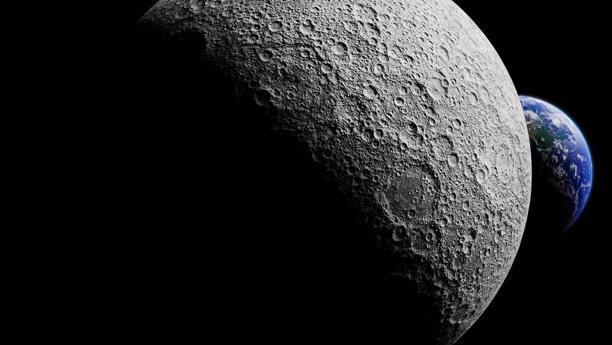
Source: Adobe Stock
Just four days after India’s mission was completed, South Korea’s orbiter, Danuri, snapped the high-resolution photo from about 100 kilometers away from the moon’s surface.
India’s Chandrayaan-3 Mission to the Moon
The Chandrayaan-3 mission, sent by India’s space program, was a wonderful success. For ten days, the lander and rover called Vikram and Pragyaan explored the south pole of the moon, an area that had never been inspected before.

Source: Abhishek Chinnappa/Getty Images
Astrophysicists from around the world are thrilled with the data that the Chandrayaan-3 has already collected, and as the rover continues to roam the moon, they’re expecting to learn a great deal more about the giant rock that orbits our planet.
Danuri Orbiter Has More Information on the Way
South Korea’s Danuri orbiter has more information in addition to the fantastic photo to share.
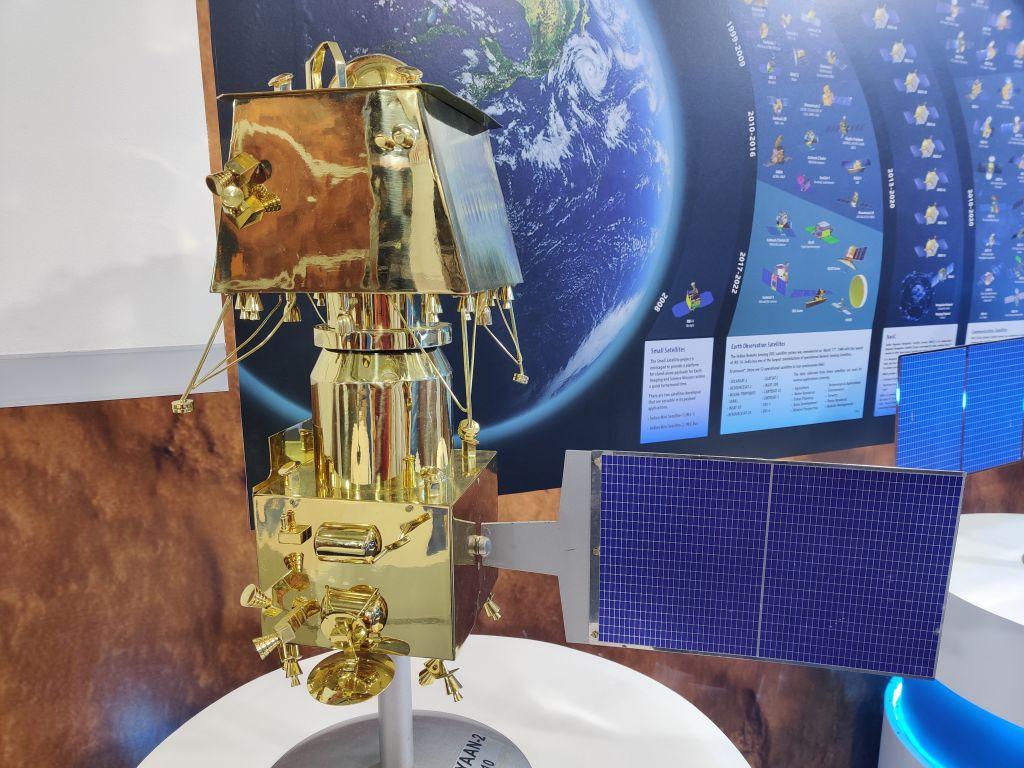
Source: Pallava Bagla/Getty Images
While many call Danuri “space paparazzi” for all the pictures it takes, the little satellite does a whole lot more. Thanks to the orbiter, South Korea reported that in the next year the Ministry of Science and ICT and the Korea Aerospace Research Institute will be able to share lunar element maps, the radiological environment of the moon, and much more.
Japan’s JAXA Also Headed to the Moon
India and South Korea are not the only countries focused on the moon—Japan’s space agency JAXA is headed there as well.

Source: Eliot J. Schechter/Getty Images
The Japan Aerospace Exploration Agency has been working hard on its Smart Lander for Investigating Moon (SLIM), and they plan to land it on the lunar surface in February. In fact, JAXA also plans to send a live astronaut to the moon’s surface within the next seven years.
The US Has Several Exploration Missions Scheduled
Although it’s been once before, NASA is also planning a trip to the moon in order to collect its own data. The first crewed mission is set to orbit the moon in 2024 and have its first landing the following year (2025).
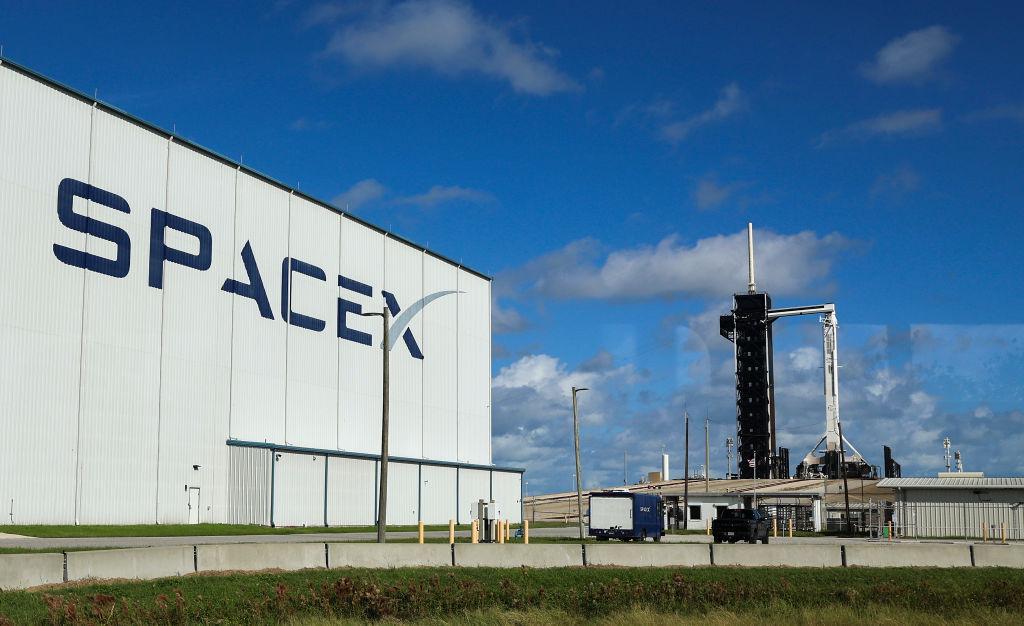
Source: Kevin Dietsch/Getty Images
The landers for this mission, known as Artemis, will be built by SpaceX, an ever-growing space exploration company built by billionaire Elon Musk. With seemingly endless funding, SpaceX even plans to send a crew to Mars in the near future.
Why Are Astrophysicists So Excited to Understand the Moon?
Since Buzz Aldrin and Neil Armstrong first walked on the moon on July 20, 1969, the world has been fascinated with this giant rock that orbits our planet and rules our tides.
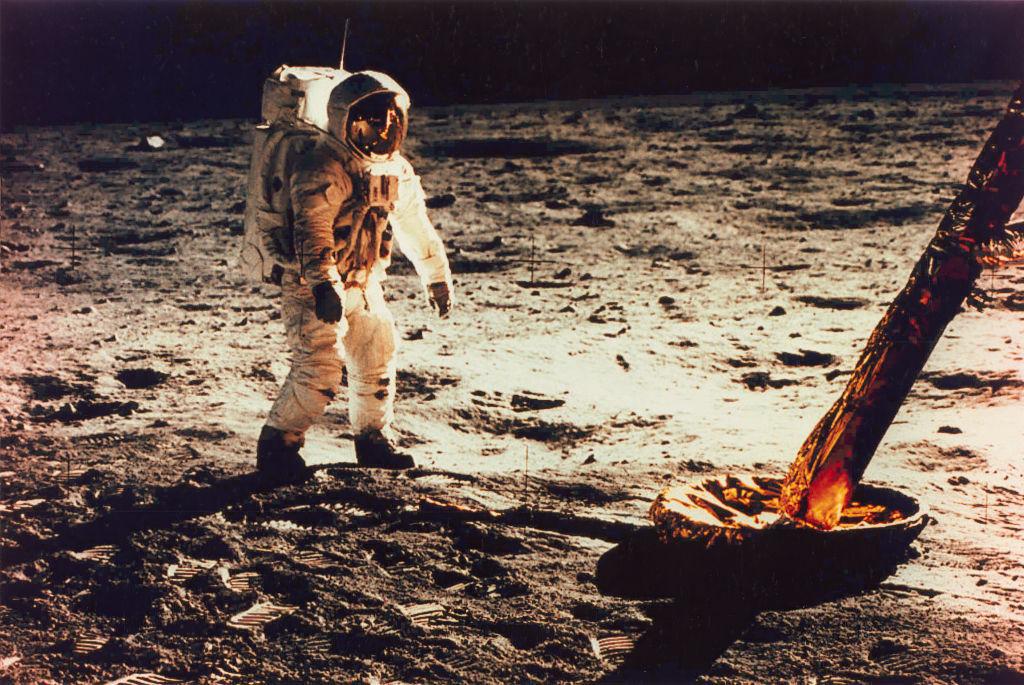
Source: Heritage Art/Getty Images
But since that great feat, no one has attempted to return to the moon until now. Scientists have come to realize that the moon is incredibly important in understanding our planet and solar system.
The Moon As a Time Capsule
Scientists now know that planet Earth was formed about 4.5 billion years ago, but they still don’t completely understand how.
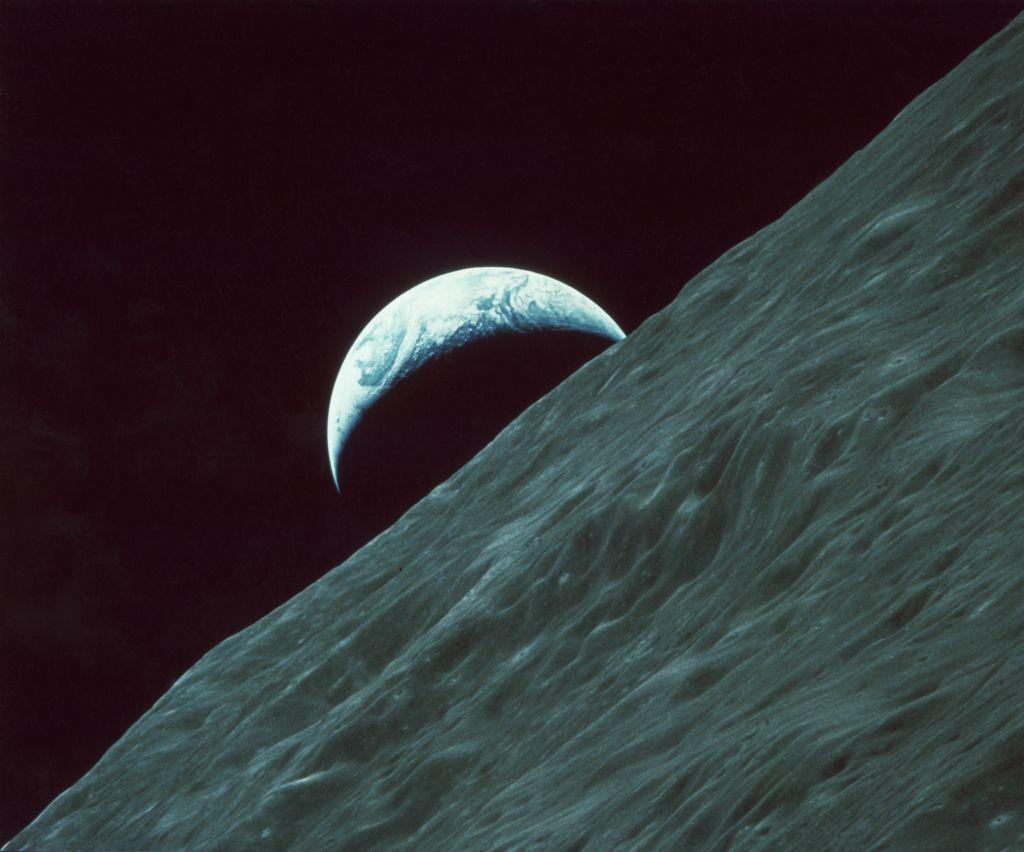
Source: Space Frontiers/Getty Images
Because the Earth is constantly changing due to weather and, of course, human beings, it’s challenging to collect data that will explain how planets are formed. However, because the moon is void of change, by assessing its organic material and craters, researchers hope to gain a better understanding of just what happened 4.5 billion years ago.
Japan’s JAXA Is Working to X-Ray the Universe
JAXA is also working on a different project that could teach scientists extremely valuable information about the moon, and eventually, other planets: The X-Ray Imaging and Spectroscopy Mission (XRISM).
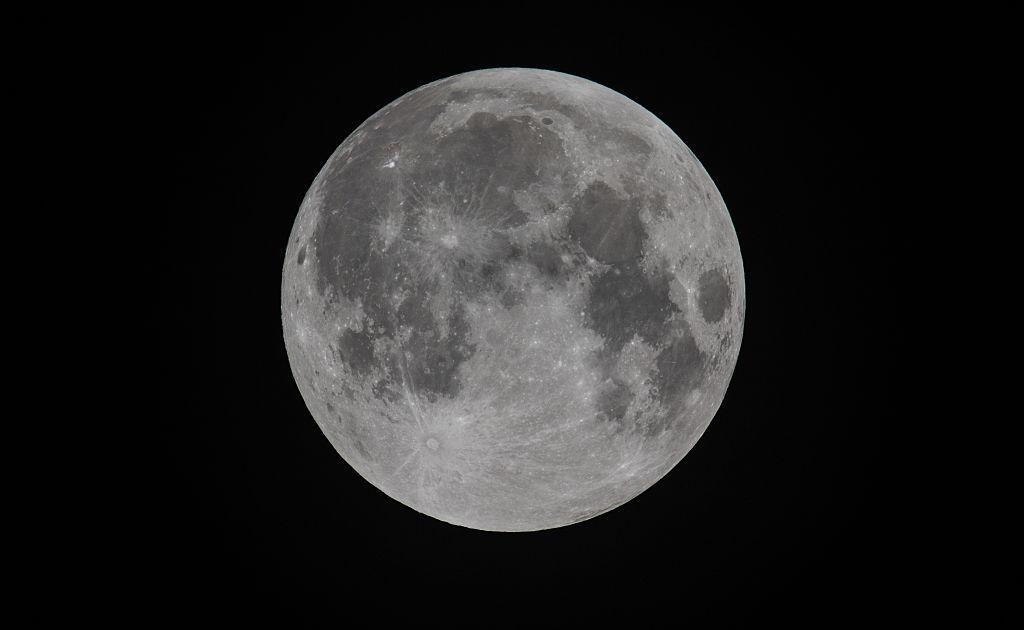
Source: Matt Cardy/Getty Images
XRISM is currently up and running, and with the help of NASA, JAXA plans to use the X-ray machine to look deeper into the moon itself.
JAXA Is Sending Another Rover to Mars’ Moon
In addition to these ongoing projects, JAXA is also sending a rover to Mars’ moon called Phobos.
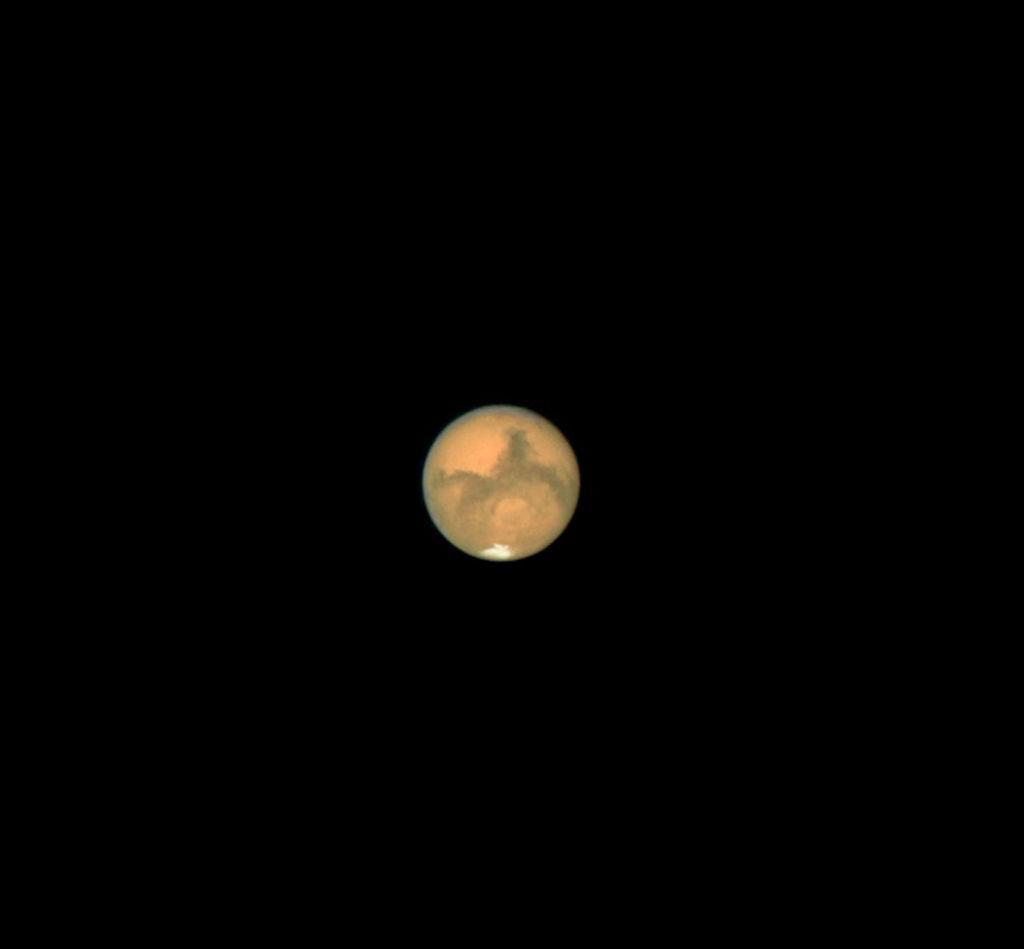
Source: Space Imaging/Getty Images
Known as the Martian Moons eXploration or MMX, this mission will send the IDEFIX rover to Phobos with cameras, a Raman spectrometer, and a radiometer in order to collect extensive data that will be extremely useful when compared to what they find on our planet’s moon.
Overall, Space Exploration on the Rise
There’s no doubt that space exploration has increased exponentially in recent years compared to previous decades
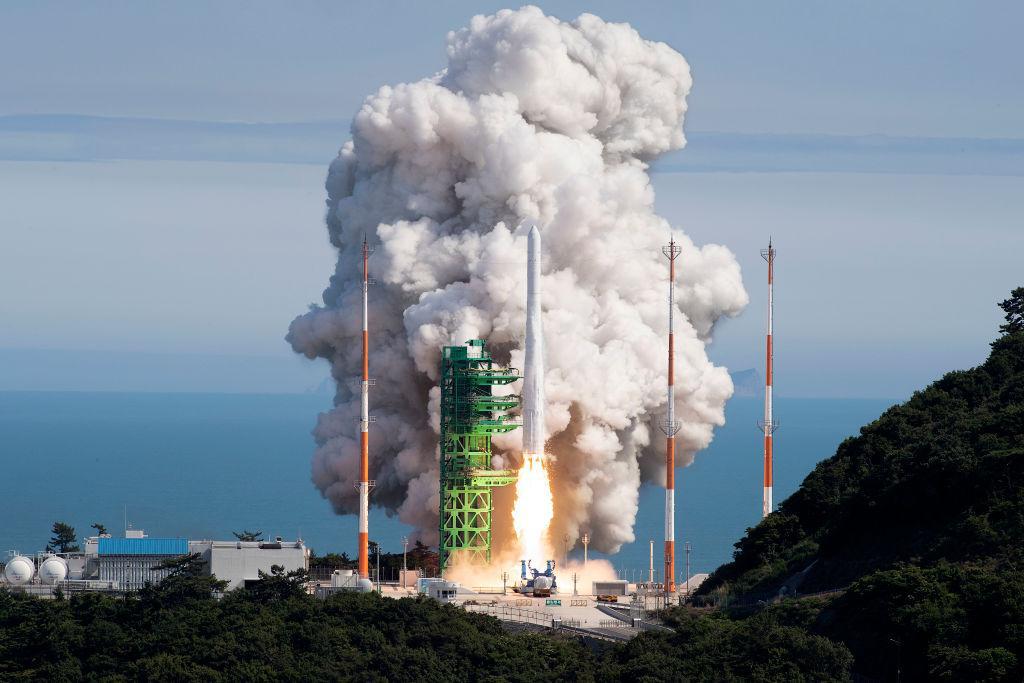
Source: Korea Aerospace Research Institute/Getty Images
While it’s still tremendously expensive to deploy rockets, satellites, orbiters, and rovers into space, the advances in astrotechnology have made it possible for programs all over the planet to get involved and head into the unknown.
The World Will Keep Watching for More Photos of Our Universe
Learning about the rocks and planets around us will help scientists better understand our own weather patterns and climate change, something that is desperately important at this point.
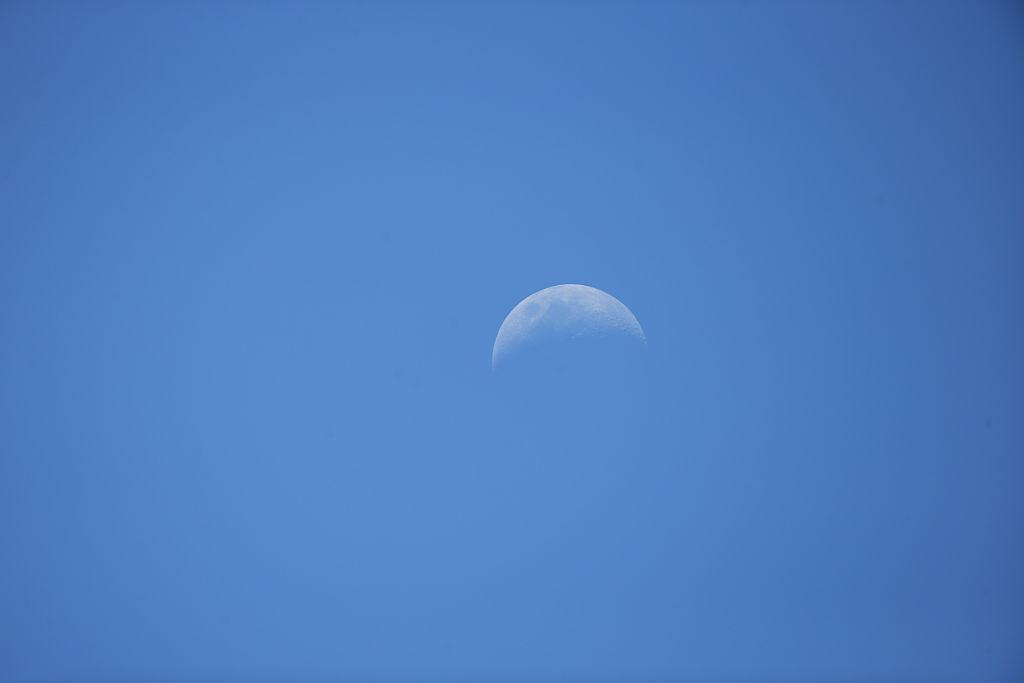
Source: Steve Cristo/Corbis/Getty Images
And while astronauts and astrophysics continue their important work of exploring space and studying the data collected, the rest of the world patiently waits for more photos, information, and exciting findings from the great universe we live in.
